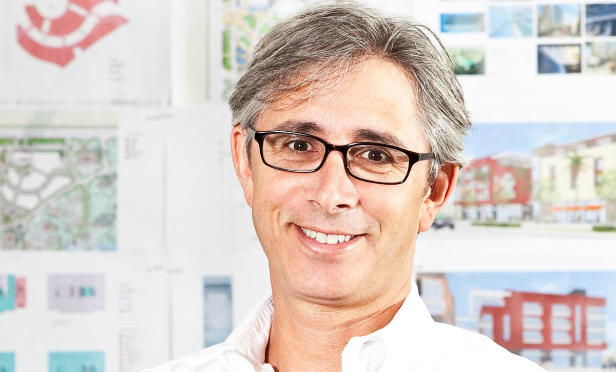 Alan Pullman Studio One Eleven GlobeSt.com: Tell me about the mobility hub. Alan Pullman: GlobeSt.com: How are mobility hubs helping to create density, and build the future of smart cities? Pullman: GlobeSt.com: How do mobility options benefit real estate and real estate development? Pullman: GlobeSt.com: How can these mobility hubs increase job opportunities? Pullman: GlobeSt.com: Why are public-private partnerships the best pathway to build mobility hubs? Pullman: GlobeSt.com: Are you seeing more retailers adopting mobility hubs? Pullman:
Alan Pullman Studio One Eleven GlobeSt.com: Tell me about the mobility hub. Alan Pullman: GlobeSt.com: How are mobility hubs helping to create density, and build the future of smart cities? Pullman: GlobeSt.com: How do mobility options benefit real estate and real estate development? Pullman: GlobeSt.com: How can these mobility hubs increase job opportunities? Pullman: GlobeSt.com: Why are public-private partnerships the best pathway to build mobility hubs? Pullman: GlobeSt.com: Are you seeing more retailers adopting mobility hubs? Pullman:© Touchpoint Markets, All Rights Reserved. Request academic re-use from www.copyright.com. All other uses, submit a request to [email protected]. For more inforrmation visit Asset & Logo Licensing.






